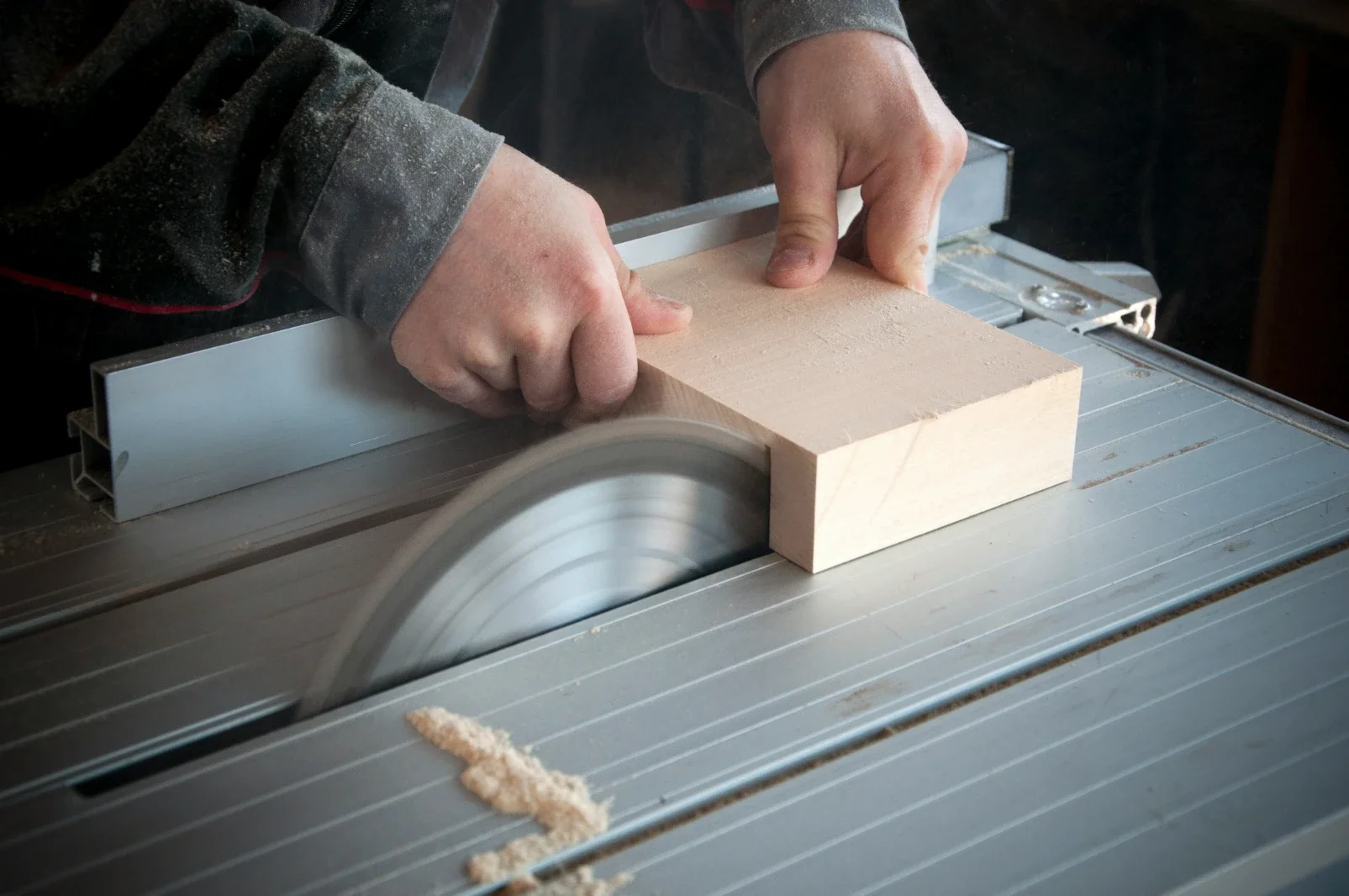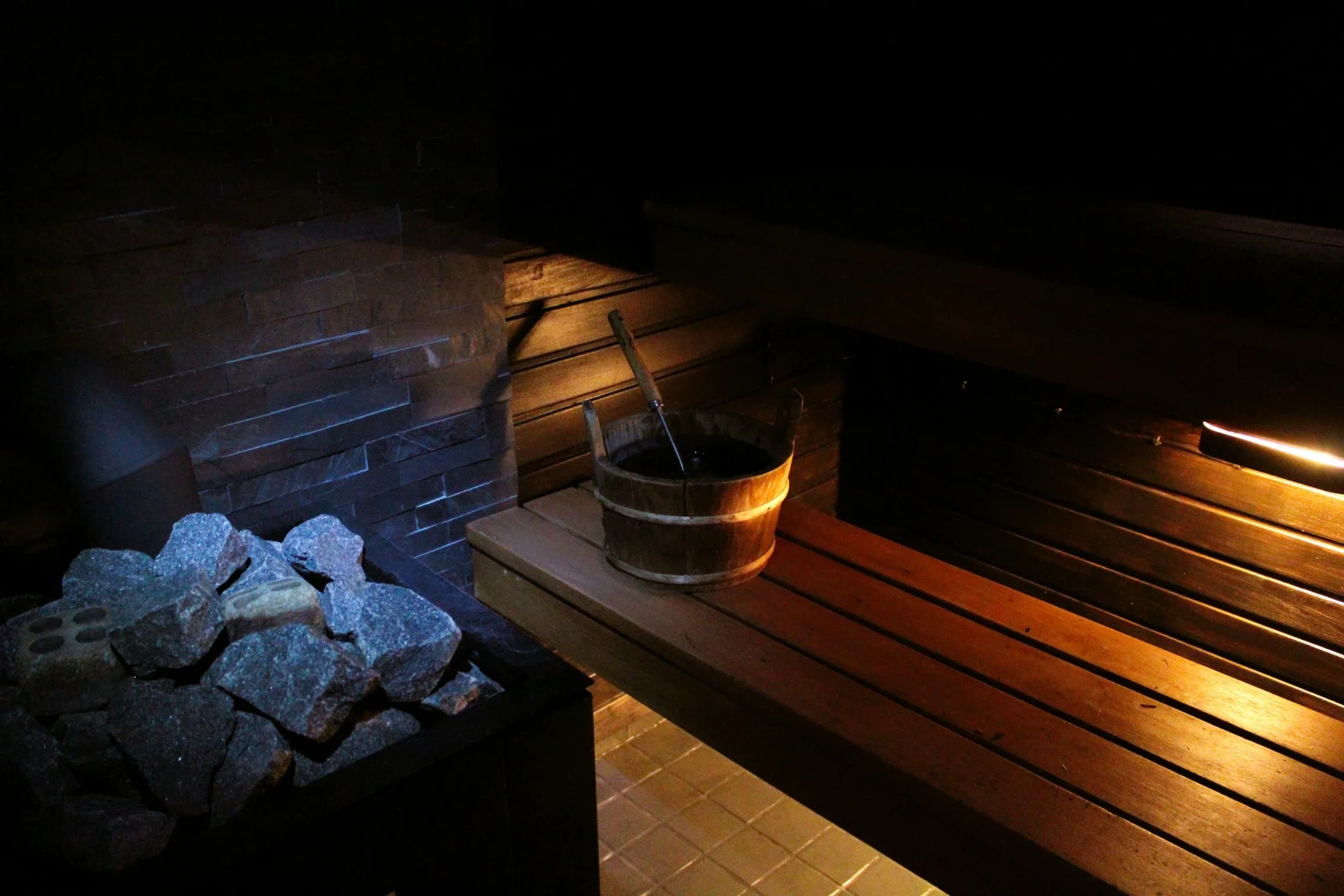How to Fix a Squeaky Bed: Simple Solutions
Tired of your bed squeaking every time you move? Discover simple and effective solutions to fix a squeaky bed. Say goodbye to restless nights with our easy-to-follow guide!
There’s nothing quite as annoying as a squeaky bed disrupting your peaceful slumber. Every shift, twist, or turn can turn your night into an unwelcome symphony of creaks and groans. But fear not! How to Fix a Squeaky Bed: Simple Solutions is here to rescue you from those pesky noises. Whether you’re a DIY enthusiast or someone who prefers straightforward fixes, this guide will walk you through easy steps to silence your squeaky bed and restore tranquility to your nights. Let’s dive in and put an end to those sleepless, squeaky nights!
Understanding the Cause of a Squeaky Bed
What Makes a Bed Squeak?
Before jumping into the fixes, it’s helpful to understand what’s causing your bed to squeak. A squeaky bed is usually the result of friction or movement between different parts of the bed frame, mattress, or base.
Loose Screws and Bolts: Over time, screws and bolts can loosen, causing parts of the frame to rub against each other.
Worn Out Slats: Wooden or metal slats can become brittle or warped, leading to squeaks when pressure is applied.
Friction Points: Areas where metal meets metal or wood meets metal can create noise when they move against each other.
Mattress Issues: Sometimes, the mattress itself can be the culprit, especially if it’s old or has broken springs.
A squeaky bed frame can be a source of frustration, disrupting your sleep and making simple movements noisy and uncomfortable. The problem often starts with loose screws and bolts—as parts of the frame loosen over time, they can rub against each other, causing irritating squeaks. Worn-out slats, whether wooden or metal, can also contribute, as warped or brittle slats create noise under pressure. Additionally, friction points where metal meets metal or wood meets metal are common culprits, generating sound when the materials move against each other. Sometimes, the issue isn’t the frame at all but the mattress, especially if it’s old or has broken springs. Identifying these causes is the first step to restoring a quiet, peaceful night’s sleep.
Types of Bed Frames
Understanding your bed frame type can help identify where the squeak is coming from and which solution might work best.
Platform Beds: These have a solid or slatted base and can squeak if the slats are loose or broken.
Box Spring Beds: These rely on a box spring that can become worn out and cause noise.
Adjustable Beds: These have more moving parts, which can lead to squeaks if not properly maintained.
Metal Frame Beds: These are prone to squeaking due to metal-on-metal contact and can rust over time.
Bed frames come in various designs, each with unique features and potential for squeaking if not maintained properly. Platform beds, which have a solid or slatted base, can develop noise if the slats become loose or damaged. Box spring beds, relying on a box spring for support, are another common type—over time, the springs or frame can wear out, leading to creaks and squeaks. Adjustable beds, with their moving parts and mechanical features, are convenient but more prone to noise if the joints or components aren’t regularly maintained. Metal frame beds, while sturdy, are susceptible to squeaking due to metal-on-metal contact and can worsen if rust develops. Understanding the potential issues of your bed type helps in diagnosing and fixing squeaks effectively.
How to Fix a Squeaky Bed: Simple Solutions
1. Tighten All Screws and Bolts
One of the simplest and most effective ways to fix a squeaky bed is to tighten all the screws and bolts.
Gather Your Tools: You’ll need a screwdriver or a wrench, depending on your bed frame.
Inspect the Frame: Look for any loose screws or bolts, especially in the joints and corners.
Tighten Them Up: Use your tools to securely tighten all loose connections. Be careful not to overtighten, as this can strip the screws or damage the frame.
Test the Bed: After tightening, give your bed a few shakes to see if the squeak persists.
2. Lubricate Friction Points
Lubricating the areas where parts of the bed frame rub against each other can help eliminate squeaks.
Choose the Right Lubricant: WD-40, silicone spray, or even bar soap can work wonders.
Apply Lubricant: Spray or rub the lubricant directly onto the friction points. Common spots include joints, metal connectors, and where slats meet the frame.
Wipe Excess: Ensure you wipe away any excess lubricant to prevent buildup and keep the area clean.
Move the Bed: Gently move the bed parts to spread the lubricant evenly.
3. Use Washers or Rubber Pads
Adding washers or rubber pads between metal parts can reduce movement and noise.
Identify the Source: Find where metal parts are rubbing against each other.
Add Washers: Place washers between the screws and the frame to provide a buffer.
Install Rubber Pads: Alternatively, use rubber or felt pads to cushion the contact points.
Reassemble the Bed: Put everything back together and check for squeaks.
4. Replace Worn Out Slats
If your bed has slats that are broken or warped, replacing them can eliminate squeaks and provide better support.
Remove the Slats: Carefully take out the old slats from the bed frame.
Measure for Replacement: Measure the length and width needed for new slats.
Choose Quality Slats: Opt for sturdy materials like solid wood or high-quality metal.
Install New Slats: Place the new slats evenly across the frame, ensuring they’re securely positioned.
Test the Bed: Lie down and move around to ensure the squeak is gone.
5. Secure the Mattress
Sometimes, the mattress itself can cause squeaks. Securing it properly can help.
Check the Mattress: Look for any broken springs or damaged parts.
Use Mattress Grips: These straps or clips can keep the mattress in place, reducing movement.
Rotate the Mattress: Regularly rotating your mattress can prevent uneven wear and squeaks.
6. Reinforce the Bed Frame
Adding extra support to your bed frame can prevent parts from shifting and squeaking.
Add Corner Braces: These can provide additional stability to the frame.
Install Center Support: For larger beds, a center support beam can help distribute weight evenly.
Check for Stability: Ensure the bed frame is level and doesn’t wobble.
7. Replace the Bed Frame
If all else fails and your bed frame is beyond repair, replacing it might be the best option.
Assess the Damage: Determine if the frame is too damaged to fix.
Choose a New Frame: Select a frame that fits your mattress and meets your needs.
Set It Up: Follow the manufacturer’s instructions to assemble the new bed frame.
Enjoy a Squeak-Free Bed: With a new frame, your bed should be quiet and comfortable.
Additional Tips to Prevent Future Squeaks
1. Regular Maintenance
Keeping your bed frame in good condition can prevent squeaks from returning.
Periodic Tightening: Regularly check and tighten screws and bolts.
Lubricate Moving Parts: Apply lubricant periodically to keep parts moving smoothly.
Inspect for Wear: Look for signs of wear and tear and address them promptly.
2. Choose Quality Bed Frames
Investing in a high-quality bed frame can save you from future squeaks and repairs.
Sturdy Materials: Opt for solid wood or high-quality metal frames.
Good Construction: Look for frames with solid joints and minimal parts that can move independently.
Proper Assembly: Follow the assembly instructions carefully to ensure the frame is put together correctly.
3. Use a Mattress Protector
Protecting your mattress can prevent moisture and debris from damaging the bed frame and slats.
Choose a Durable Protector: Select one that fits your mattress size and provides adequate protection.
Wash Regularly: Keep the protector clean to maintain a healthy sleeping environment.
Conclusion
A squeaky bed doesn’t have to haunt your nights any longer. With How to Fix a Squeaky Bed: Simple Solutions, you’ve got a roadmap to silence those annoying creaks and enjoy a peaceful, restful sleep. Whether it’s tightening loose screws, lubricating joints, or even replacing worn-out parts, these straightforward fixes can make a world of difference. Regular maintenance and choosing quality bed frames can also help prevent future squeaks, ensuring your bed remains a sanctuary of comfort. So, grab your tools, follow our guide, and bid farewell to squeaky nights. Sweet dreams await!
Frequently Asked Questions
1. Why is my bed squeaking even after tightening the screws?
Sometimes, squeaks can persist due to friction between moving parts. Try lubricating the joints or adding washers and rubber pads to reduce movement.
2. Can I fix a squeaky bed without disassembling it?
Yes, many squeaks can be fixed by accessing the joints and applying lubricant or tightening screws without fully disassembling the bed frame.
3. How often should I maintain my bed to prevent squeaks?
Regular maintenance, such as tightening screws and lubricating joints, should be done every few months to keep your bed squeak-free.
4. Will replacing the mattress stop the squeak?
If the squeak is caused by the mattress moving against the frame, replacing it with a higher-quality mattress that fits snugly can help. However, if the frame is the issue, you’ll need to address that as well.
5. Are there specific tools I need to fix a squeaky bed?
Basic tools like screwdrivers, wrenches, putty knives, and lubricants are usually sufficient. Some solutions might require additional items like washers or rubber pads.
































